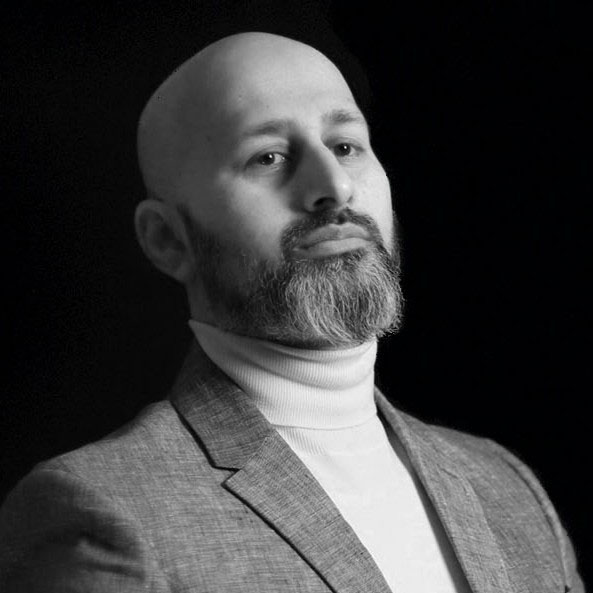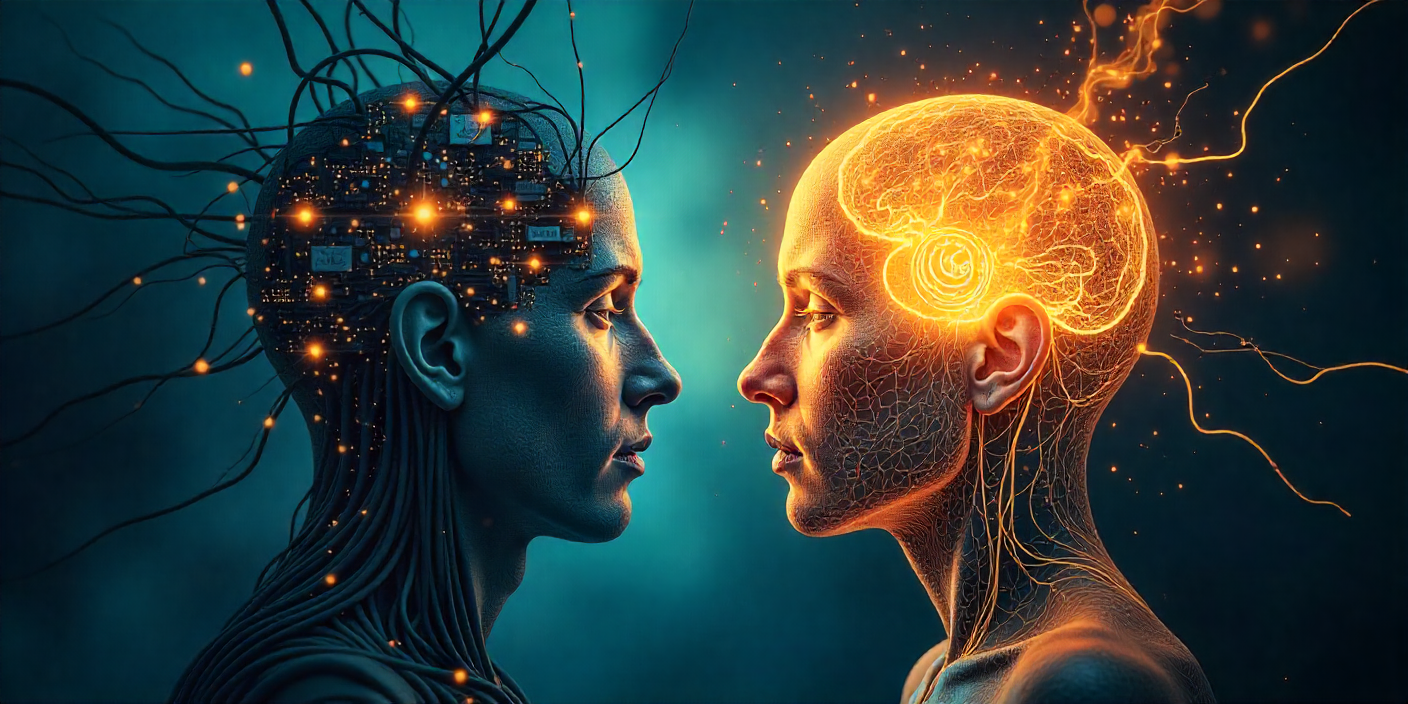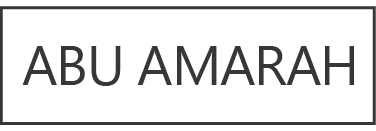
Autism, ADHD, and the System That Rewrote the Human Mind.

When someone struggles with communication, focus, or behaviour, the world of modern psychology has a ready set of answers: Autism. ADHD. Sensory disorder. The system kicks into gear — assessments, multidisciplinary teams, standardised tools. And eventually, a label.
But what if, in some cases, we’re only scratching the surface?
What if beneath the clinical signs lies something the system doesn’t even have language for — spiritual interference?
The Clinical Gold Standard — and Its Blind Spot
In the UK, autism and ADHD assessments follow strict NICE guidelines. Tools like the ADOS-2 and ADI-R measure social interaction, communication, and repetitive behaviours. Results are compiled by a team — psychologist, paediatrician, speech and language therapist — and a formal diagnosis is made.
It looks thorough, systematic, evidence-based.
But in all of this — every test, every observation — there’s no consideration of Ruqyah.
No Qur’an recitation.
No testing for spiritual reaction.
And that’s where the gap begins.
When Behaviour Isn’t What It Seems
I’ve seen patients who were diagnosed with autism — they fit every clinical box. Families were told, “It’s neurological, lifelong.”
Then during Ruqyah, something completely different emerged. The so-called “autistic” rigidity shifted. Social withdrawal gave way to unexpected responsiveness. In some sessions, multiple jinn personalities presented through the same individual — each with distinct voices, accents, even temperaments.
These weren’t symptoms that could be captured by the ADOS. They were manifestations of something unseen — spiritual possession mimicking neurological traits.
Similarly, I’ve worked with individuals labelled ADHD who, during Ruqyah, calmed instantly when the jinn was addressed. Their “impulsivity” wasn’t a deficit of attention — it was interference.
The Two Systems Don’t Speak
The clinical model and the Ruqyah model run parallel but never meet.
The medical world sees lack of eye contact, repetitive movement, and sensory overload and calls it autism.
Ruqyah sees the same traits and asks: Is this them — or something through them?
But because the clinical world doesn’t acknowledge the unseen, there’s no tick box for “reaction to Qur’an.” No diagnostic category for “presence of jinn influencing behaviour.”
And that means many families get only half the picture — sometimes the wrong half.
Why This Matters for Families
Not every case of autism or ADHD is Ruqyah-related — far from it. But for those that are, the consequences of misdiagnosis are serious.
Parents spend years chasing therapies that never quite help. Spouses and families live confused by unpredictable behaviour. And the person themselves — especially if afflicted from childhood — may grow up not knowing who they truly are, because part of what’s showing up isn’t them at all.
Without Ruqyah, the system is often only describing symptoms — not uncovering causes.
The Way Forward
We need both lenses. Clinical tools are valuable. But Qur’an brings truth that no diagnostic framework can match.
When we combine both — understanding human development and the unseen — only then do we get the full picture. Because sometimes, what looks neurological is actually spiritual.
And sometimes, what seems lifelong is actually removable.
So maybe it’s time we asked —
Are we diagnosing autism and ADHD… or just scratching the surface of something much deeper?
🎧 Listen to the full episode: Autism, ADHD, and the System That Rewrote the Human Mind.
Available now on Remap Your Mind Podcast.



